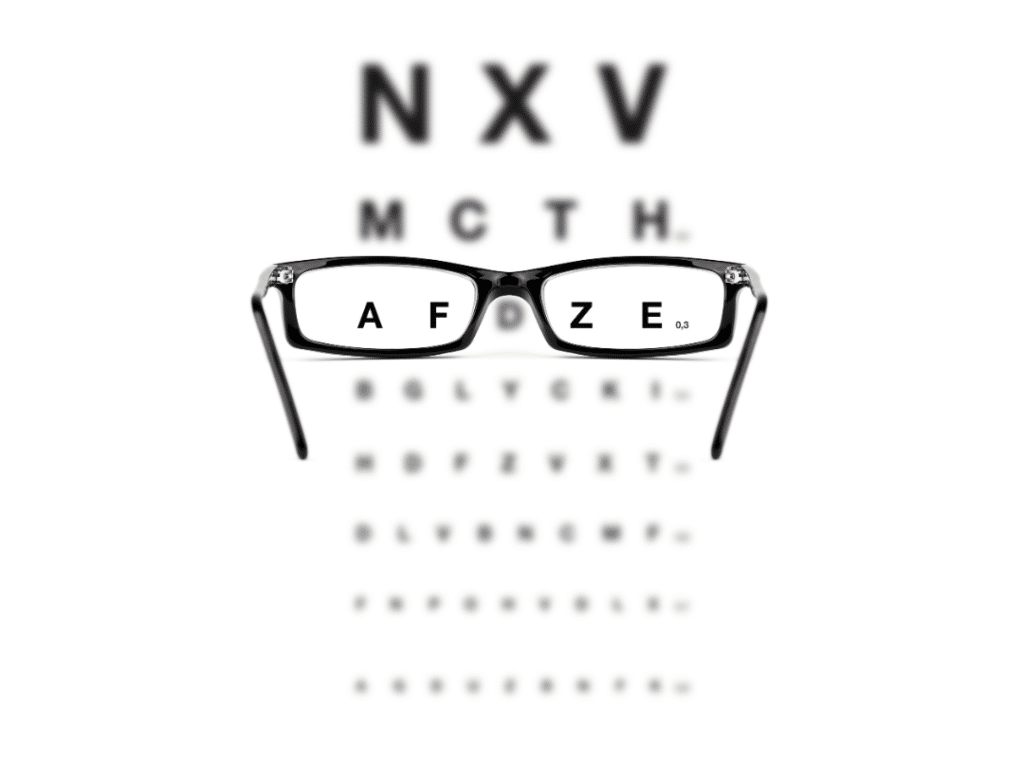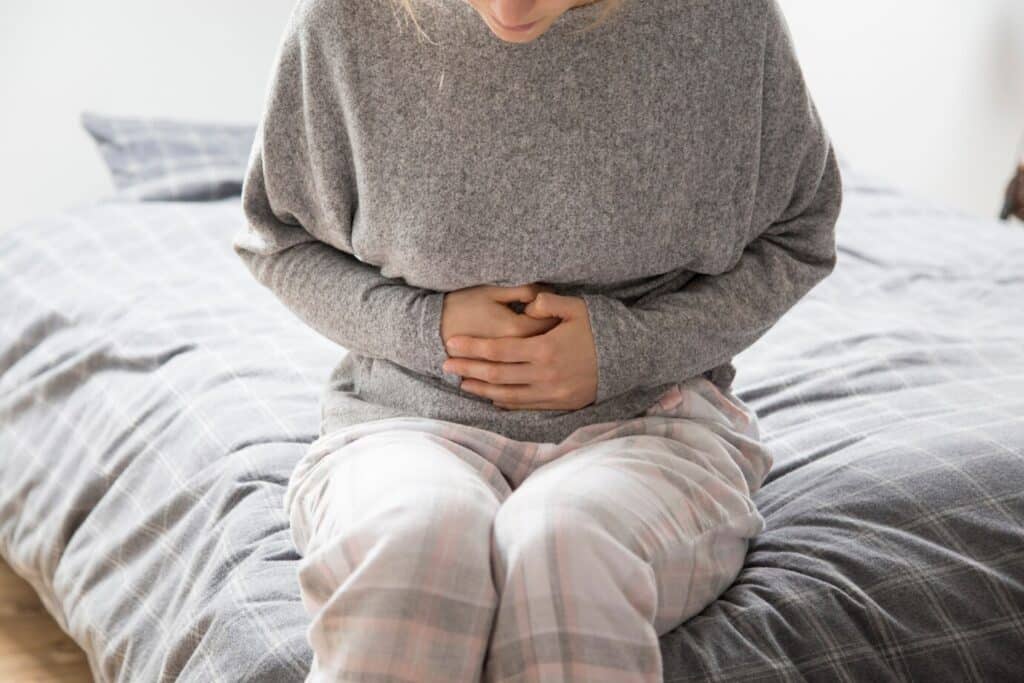Does Nearsightedness Improve With Age? Understanding Vision Changes
As you navigate through the changes in your vision over time, have you ever wondered if nearsightedness could improve as you age? Understanding the nuances of how your eyesight evolves can shed light on what to expect in the future. The intricate interplay of various factors influencing nearsightedness might just surprise you. Stay tuned to uncover the mysteries behind the progression of nearsightedness and how it intertwines with the aging process with The Oaks at Paso Robles.
Definition of Nearsightedness
What exactly is nearsightedness? Nearsightedness, also known as myopia, is a common refractive error where distant objects appear blurry while close objects can be seen clearly. This condition occurs when the eyeball is too long or the cornea is too curved, causing light rays to focus in front of the retina instead of directly on it. Genetics plays a significant role in the development of nearsightedness, with children of nearsighted parents being at a higher risk of developing the condition. Regular eye exams are crucial to monitor any changes in vision, ensuring appropriate treatment options are provided.
Causes of Nearsightedness
Nearsightedness, or myopia, is primarily caused by the elongation of the eyeball or the excessive curvature of the cornea, leading to the misalignment of light rays onto the retina. Genetic factors play a significant role in myopia development, with children of nearsighted parents having a higher risk. Environmental triggers, such as excessive work or lack of outdoor time, can also contribute to the progression of nearsightedness. Lifestyle choices like prolonged screen time and inadequate eye care can exacerbate myopia. However, advancements in technology have introduced options like orthokeratology and special contact lenses to slow down myopia progression. One crucial factor in managing nearsightedness is regular eye examinations to monitor vision changes and address any concerns promptly.
| Causes | Description |
| Genetic Factors | Inherited tendency from nearsighted parents |
| Environmental Triggers | Excessive near work, lack of outdoor time |
| Lifestyle Choices | Prolonged screen time, inadequate eye care |
| Technological Advancements | Orthokeratology, special contact lenses |
How Nearsightedness Progresses
As you age, the progression of nearsightedness often leads to a gradual deterioration in your vision over time. The eye’s ability to focus on distant objects diminishes as the eyeball elongates and the refractive error worsens. This deterioration can result in the need for stronger prescription glasses or contact lenses to correct your vision as nearsightedness progresses. Understanding the impact of vision changes on nearsightedness can help you manage your eye health effectively.
Dive into the vibrant life our Westmont communities have to offer.Find Where You Belong
Nearsightedness and Aging
A common concern among individuals with nearsightedness is how this condition progresses with age. As you age, your eyes undergo various changes that can impact your nearsightedness. Here’s what you need to know:
- Aging Eyes: With age, the eye’s lens becomes less flexible, making it harder to focus up close, a condition known as presbyopia.
- Presbyopia Development: Presbyopia usually becomes noticeable around the age of 40 and continues to progress. This age-related change affects your ability to see objects up close.
Understanding how nearsightedness interacts with the aging process is essential for managing your vision effectively. If you already have nearsightedness, keep in mind that aging can exacerbate this condition, especially when combined with presbyopia development.
Regular eye exams and consultations with an eye care professional can help you stay on top of any changes and adjust your vision correction accordingly.
Vision Deterioration Over Time
Over time, the progression of nearsightedness involves a gradual worsening of your ability to see distant objects clearly. Age-related changes play a significant role in this vision decline. As you age, the eyeball’s shape can elongate, causing light to focus in front of the retina instead of directly on it. This results in blurred vision when looking at objects far away.
The lens inside your eye can also become less flexible with age, making it harder to focus on distant objects. Additionally, the muscles that control the shape of the lens may weaken, impacting your ability to adjust focus. These age-related changes can contribute to the deterioration of your nearsightedness over time, requiring adjustments in your prescription to maintain clear vision.
Regular eye exams are essential to monitor these changes and guarantee you have the correct prescription to help manage the progression of nearsightedness as you age.

Factors Influencing Nearsightedness
Factors influencing nearsightedness can be attributed to a combination of genetic predisposition and environmental elements. Genetic predisposition plays a significant role in determining the likelihood of developing nearsightedness, while lifestyle habits can also impact its progression. Additionally, nutritional deficiencies can exacerbate nearsightedness by affecting the overall eye health.
Managing Nearsightedness With Age
Managing nearsightedness with age requires a proactive approach to address the natural changes that occur in the eyes over time. Lifestyle adjustments can play a significant role in managing nearsightedness as you age. Maintaining a healthy diet rich in nutrients like vitamins A, C, and E, along with omega-3 fatty acids, can support eye health. Regular exercise can improve blood flow to the eyes, while proper lighting and computer screen ergonomics can reduce eye strain. Additionally, wearing sunglasses with UV protection outdoors can shield your eyes from harmful sun exposure.
When it comes to treatment options, consulting with an eye care professional is essential. They may recommend prescription glasses or contact lenses to help correct your vision. Another option could be orthokeratology, a technique using specially designed contact lenses to reshape the cornea temporarily.
In some cases, refractive surgery like LASIK may be considered. Regular eye exams are vital to monitor changes in your vision and make sure timely adjustments to your treatment plan. By incorporating lifestyle adjustments and exploring suitable treatment options, you can effectively manage nearsightedness as you age.
Future Outlook for Nearsightedness
Looking ahead, the future outlook for nearsightedness involves advancements in technology and treatment options that aim to provide more personalized and effective solutions for individuals experiencing this common refractive error. New developments in the field of optometry offer hope for improved management of nearsightedness. Here are some key aspects to contemplate:
- Treatment Options: Innovative treatments such as orthokeratology and phakic intraocular lenses are emerging as viable alternatives to traditional glasses and contact lenses.
- Lifestyle Changes: Implementing healthy habits like taking frequent breaks from screen time, maintaining a balanced diet rich in antioxidants, and getting regular eye check-ups can help manage nearsightedness progression.
- Genetic Research: Ongoing studies are exploring the genetic factors influencing nearsightedness, potentially leading to gene therapies for more targeted treatment. Additionally, understanding the genetic predisposition to nearsightedness can aid in developing personalized treatment approaches.
- Customized Solutions: Advancements in personalized medicine are paving the way for tailored treatments based on individual eye characteristics, offering more precise and effective outcomes for nearsighted individuals.
To sum up, nearsightedness may not improve with age and can potentially worsen due to various factors like genetics and aging-related changes in the eye. Regular eye exams and proper management strategies are essential in addressing vision changes effectively. For instance, a 45-year-old individual with worsening nearsightedness may benefit from a combination of corrective lenses and atropine drops to slow down the progression and maintain peak eye health. Stay proactive in managing your vision for a clearer future.
For more information and to schedule an eye exam, contact The Oaks at Paso Robles at (805) 239-5851.









